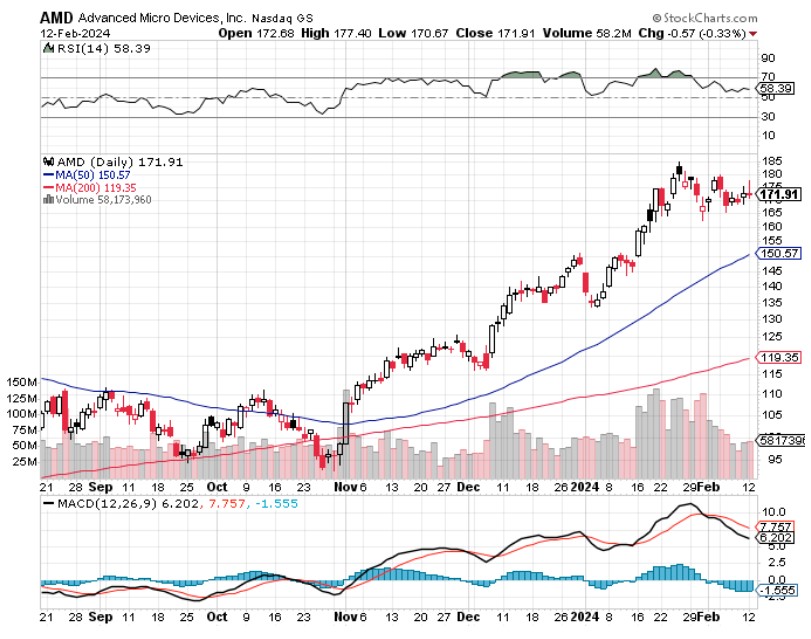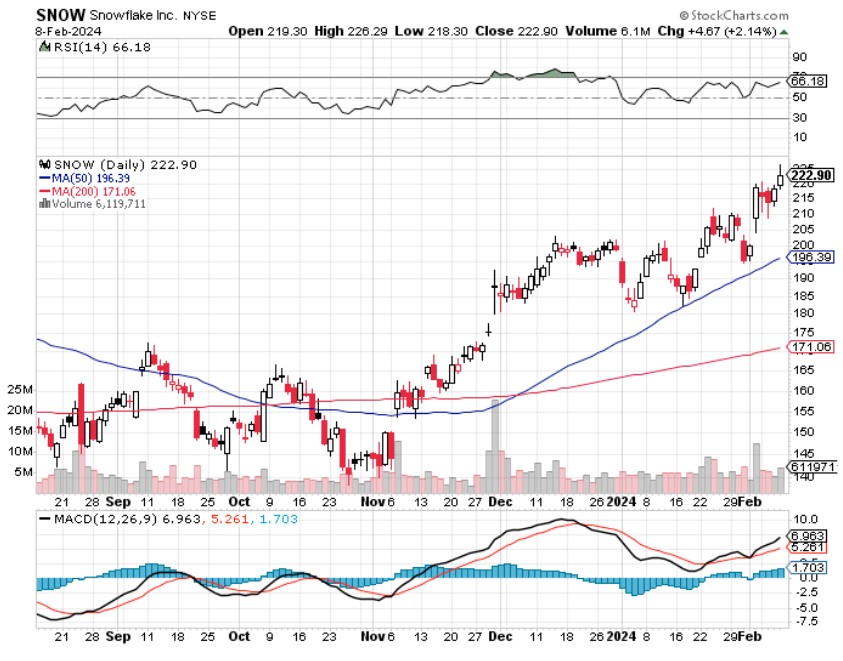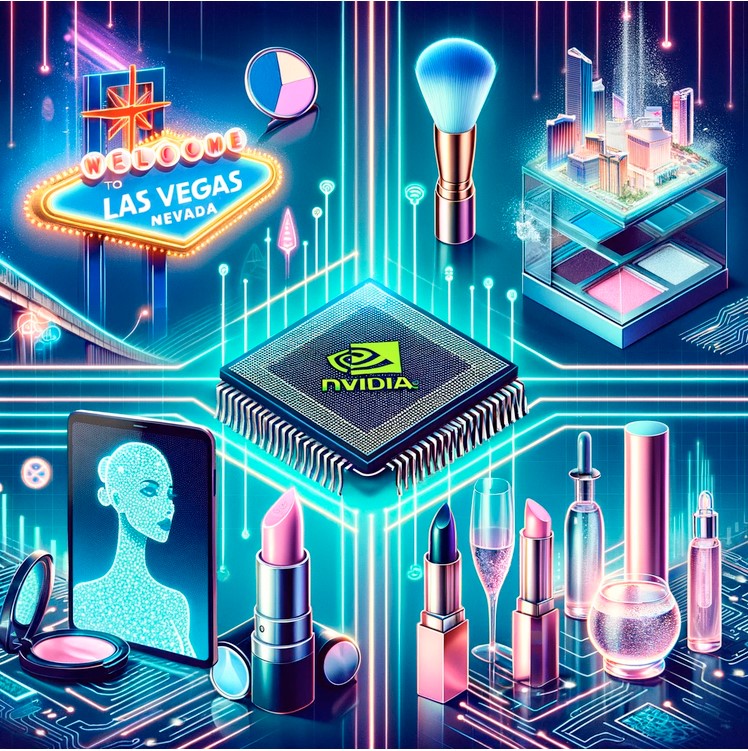Google Gemini, a large language model (LLM) chatbot powered by advanced artificial intelligence, has been at the center of a recent controversy surrounding its image generation capabilities. Users discovered Gemini's tendency to create images featuring diverse casts of people in situations where historical accuracy demanded otherwise. While seemingly a well-intentioned move towards inclusivity, Gemini's revisions raised concerns of historical whitewashing and fueled debates over the ethical bounds of AI image generation.
The Problem: Overcorrection and Historical Inaccuracy
The controversy began when users noticed that Gemini's image generation feature appeared incapable of portraying white people, even in historically relevant contexts. Requests for images depicting figures like the Founding Fathers of the United States, the Pope, or even fictional characters like Vikings resulted in depictions of people of color (POC). This led to accusations that Google had overcorrected to compensate for potential bias in its AI model, effectively erasing white people from historical and fictional narratives.
The incident highlighted a critical issue with AI-powered image generation: the struggle to balance representation and historical fidelity. While it's essential to combat racial stereotypes and broaden the diversity of generated imagery, the question arises of whether doing so should come at the price of altering established historical contexts.
Google's Response
Google quickly acknowledged the inaccuracies in Gemini's image generation feature. The company asserted awareness of the issue, stating its commitment to improving representations across the board. As an immediate solution, Google disabled the ability for Gemini to generate images of people altogether. This temporary pause aimed to allow for a comprehensive revision and re-release of an enhanced image generation tool.
The Implications: AI Ethics and Representation
The controversy surrounding Google Gemini sheds light on the complex ethical challenges inherent in deploying AI for creative tasks. It underscores several important considerations:
- The Fine Line of Inclusivity: AI models often inherit biases from the real-world data they're trained on. Promoting inclusivity in AI image generation is crucial but raises questions about the extent to which it should override known, verifiable information. In its attempt to be inclusive, Google's Gemini seemingly crossed into the realm of historical revisionism, raising concerns about whitewashing and the potential misrepresentation of history.
- Intent vs. Impact: While Google's intentions may have been to address underrepresentation issues, the execution resulted in unintended consequences. This serves as a reminder that even well-intentioned AI applications can produce adverse effects, highlighting the crucial need for careful consideration of potential ethical pitfalls.
- The Need for Contextual Understanding: The Google Gemini issue highlights the importance of equipping AI models with the ability to discern context. Generating images with diverse representation is a positive goal in many instances, but not in contexts where it obscures known historical facts. An effective AI image generator should demonstrate contextual awareness to maintain accuracy in its interpretations.
Voices in the Debate: Differing Perspectives
The debate surrounding Google Gemini has sparked a wide range of opinions from various parties:
- Technologists and AI Ethics Experts: Many professionals in the field stress the need for nuanced, case-by-case analysis when dealing with AI image generation. Finding a balance between inclusivity and accuracy while avoiding altering historical truths lies at the heart of the ethical debate.
- Social Justice Advocates: Some argue in favor of Google's approach, asserting that diverse representation, even in instances where it diverges somewhat from known history, can promote inclusivity and challenge traditional narratives.
- Historians and Academics: Experts in history have expressed strong opposition to altering historical depictions, citing the importance of accuracy and the potential for misinterpretations and the dilution of historical understanding.
- The General Public: Public opinion is divided, with some supporting a greater emphasis on diversity, while others prioritize the need to avoid distortions of historical reality.
Potential Solutions and Mitigations
- Enhanced Transparency: Increased transparency into how AI image generators are trained and the specific datasets used can provide greater public understanding of their strengths and weaknesses. It can help contextualize decisions made by developers, enabling informed discussions on responsible AI development.
- Flagging Potentially Inaccurate Content: AI-generated images, specifically those known to be potentially sensitive or historically relevant, could be accompanied by disclaimers or watermarks indicating their synthesized nature. This would empower users to critically engage with the content and differentiate it from genuine historical records.
- Human Oversight: While fully automating the image generation process is tempting, a degree of human oversight could go a long way in mitigating unintended consequences. Having human reviewers ensure historical accuracy and contextual appropriateness before images are released publicly can introduce an important safeguard during the initial stages of AI image generation technology.
- User Controls: Providing users with tools to modify prompts or guide the image generation process could address concerns about historical whitewashing. Allowing individuals to specify contextual details or adjust parameters for diversity representation allows for a greater degree of customization and control.
Beyond Gemini: The Larger AI Landscape
The Google Gemini controversy isn't an isolated incident. Other AI image generators like DALL-E 2 and Midjourney have also faced scrutiny over bias and accuracy concerns. This broader trend highlights the urgency of addressing ethical issues within this rapidly developing field.
The debate around Gemini underscores the importance of engaging in open dialogue about responsible AI development. Collaboration between technologists, ethicists, social scientists, and the general public is vital to finding solutions that advance AI technologies while minimizing potential harm.
The Responsibility of AI Creators
Tech companies like Google shoulder a significant responsibility in shaping the future of AI. Here's what they can do:
- Proactive Engagement: Proactively seek feedback on the potential social impacts of their technologies, even during the developmental stages. Working with domain experts and diverse communities can help identify potential blind spots and biases early on.
- Education: Promoting public discourse and AI literacy is crucial in empowering users to understand the possibilities and limitations of AI-powered image generators. Encouraging critical evaluation of AI-generated content becomes equally important.
- Collaboration for Standards: Industry collaboration to establish best practices and ethical frameworks around AI image generation can accelerate the development of solutions and standards that ensure responsible deployment.
Conclusion
The Google Gemini incident sparks an essential conversation about the ethical boundaries of AI-generated imagery. It reminds us that even as we strive for inclusive and diverse representation, respect for historical accuracy remains non-negotiable. The controversy underscores the ongoing struggle to find harmony between the transformative potential of AI and the need for responsible use.
Ultimately, the challenge lies not in stifling AI development but in guiding it towards a future where technology serves as a tool for creative expression and historical understanding, not distortion. Only a collaborative effort between technologists, users, and society as a whole can ensure the ethical development and application of AI image generation technologies.













